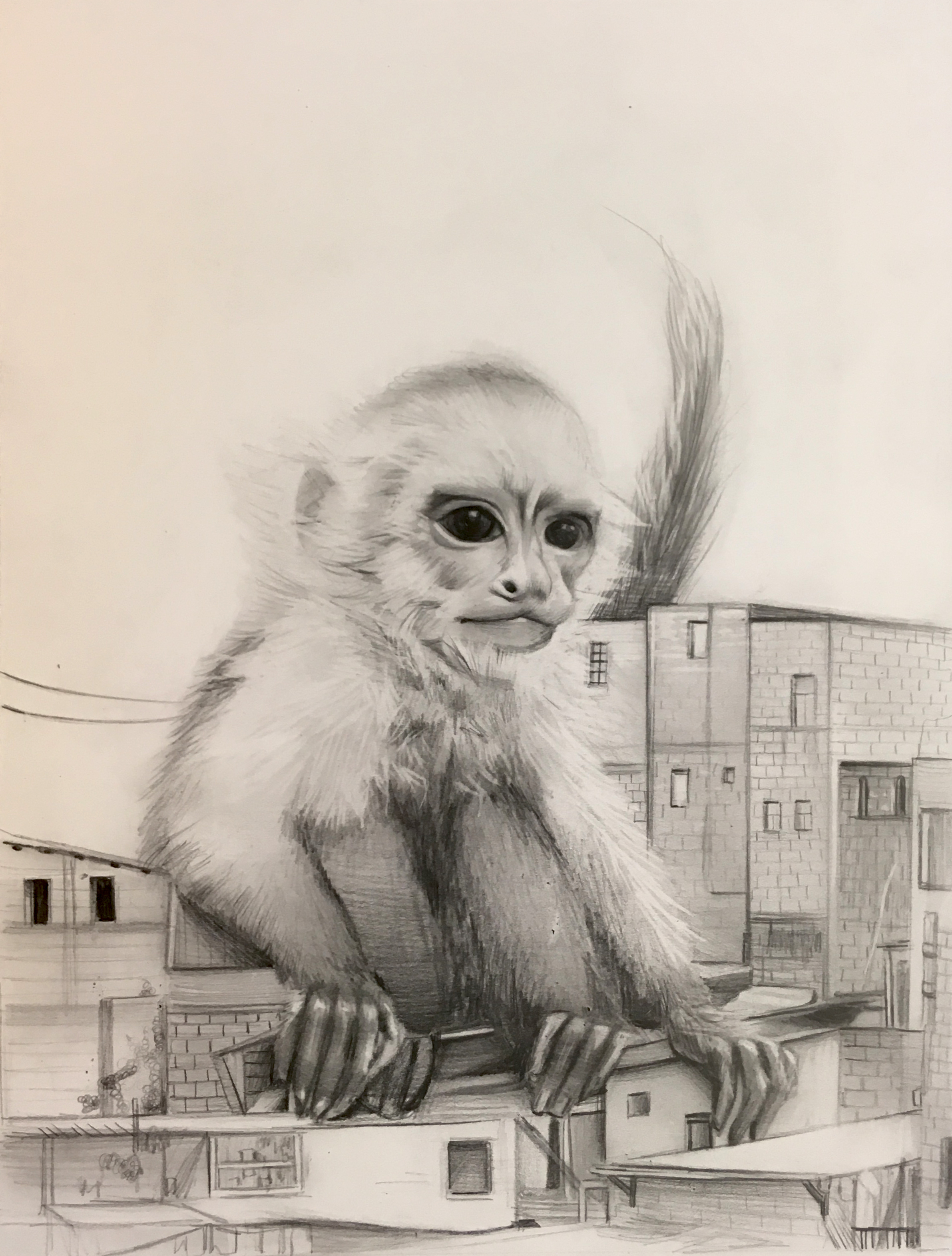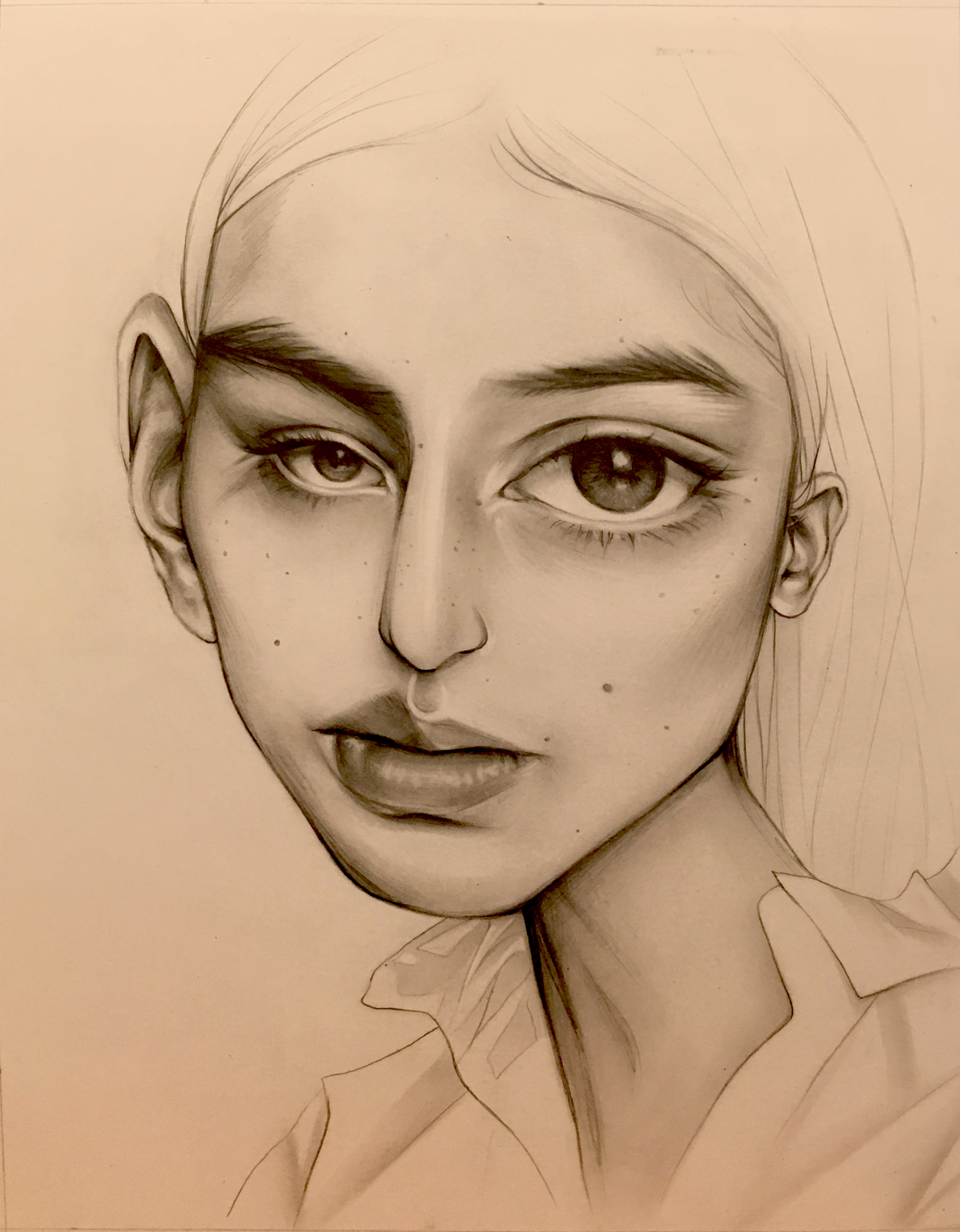11: Size and Scale
( \newcommand{\kernel}{\mathrm{null}\,}\)
Discussion:
Size is the physical dimensions of an object. Scale is the relative size of objects in relation to each other. We develop over time a sense of size and scale for both domestic and public works of art. Within the home, many works displayed are for visual delight and are scaled to fit in the home environment. In the workplace, when art is displayed, the size and scale may change since the spaces may be more expansive. Public works of art may be larger still, taking advantage of open spaces, both outdoors and in indoors.
When art installations are created on a grand scale, they can perform several functions. They may shock and surprise us; they may promote an idea or ideal; the art may promote the power of an individual or political party; or the art may be for the beautification of an urban area. Large works of art may invoke a monumentality through its sheer size and scale. Monumentality evokes an aura of greatness, a sense of power and gravity that demands public attention.

Self Portrait, Chuck Close, 1968
Discussion:
Whether drawing or painting a still-life, portrait, landscape, historical subject, or abstract composition, the types of forms, objects, shapes, and marks placed in the visual field play a part in the success of the artwork. As we’ve learned, heavier objects are often associated with the bottom of the visual field and lighter forms towards the top.
When looking at shapes within a visual field is often useful to distinguish between subject and background, or figure and ground. The subject is referred to as the positive space and the area around the subject is referred to as the negative space. When the human figure is the subject, the positive space is referred to as figure and the area around it is the ground. Shapes can be geometric or organic. When drawing representational geometric forms it is best to apply the laws of perspective if accuracy is desired. Organic forms are often easier to draw or paint since the exacting laws of perspective are not in play. Shapes can be simple or complex and often are associated with weight again based on their placement in the visual field as well as their size. When placing shapes within the visual field, visual harmony is achieved by balancing the work. Placement in relation to the edges of the visual field as well as to other objects can determine the harmony. Is the shape unnecessarily too close to the edge, or to another shape? If so, visual tension may be the result.
Groupings
of objects help to create a sense of unity within the artwork. When creating a simple grouping of objects, such as a still-life, odd numbers of three, five, and seven can be aesthetically arranged in an asymmetrical balanced composition that may be more visually appealing than a symmetrically balance grouping of an even number. When grouping objects, overlapping the objects will also create more of a sense of unity. Grouping a variety of objects of varying height, width, texture, surfaces, and values can also add interest to the artwork. This applies to both representational and abstract work. Moving object away from one another can create a sense of isolation, abandonment, disjointed, or, in another more positive way, a feeling of openness, or freedom.
Unity
within a two-dimensional work can be achieved in many ways. Repetition of certain shapes, colors, textures, and patterns can create a sense of unity.
Repetition
of designs, forms, shapes, textures, and color, can create a rhythm within the visual field. A successful design using repetition can move the viewer’s eyes along a predetermined path within the visual field. Repeating forms may create a pattern that can be decorative or leading to a more sophisticated two-dimensional design. Music and visual art share similarities when it comes to repeated forms, patterns, and contrast. In music the term color is often used to describe both voice and instrumental music. Certainly, the connections between math, music, and rhythm can also be considered when looking at two-dimensional design and visual art. Interesting that several artists considered math and art to be synonymous with perfection, harmony, and tranquility. They sought an art without the ambiguity of emotion; an art that was clear, focused, and rational. These artists followed the artistic philosophy of Suprematism. Although their philosophy was not inclusive, much of their pure two-dimensional abstract designs provide excellent examples of analytical design and are worthy of study.
Texture
is an art element and can play a role in creating contrast or visual interest in two-dimensional design. The contrast of shiny man-made metallic forms against a backdrop of natural fibers is a good example and use of contrasting textures. Texture can also be achieved using the mark-making drawing, painting, and printmaking tools of the artist.
Assignment:
Read the above Discussion.
Part 1:
Use drawing, painting and/or photography to create a design that emphasizes huge scale of an object (see student example below).

Student work by Mariana Nuñez
Part 2:
Create an image with an “out of proportion” component using drawing and/or photography.

Student work by Mariana Nuñez


